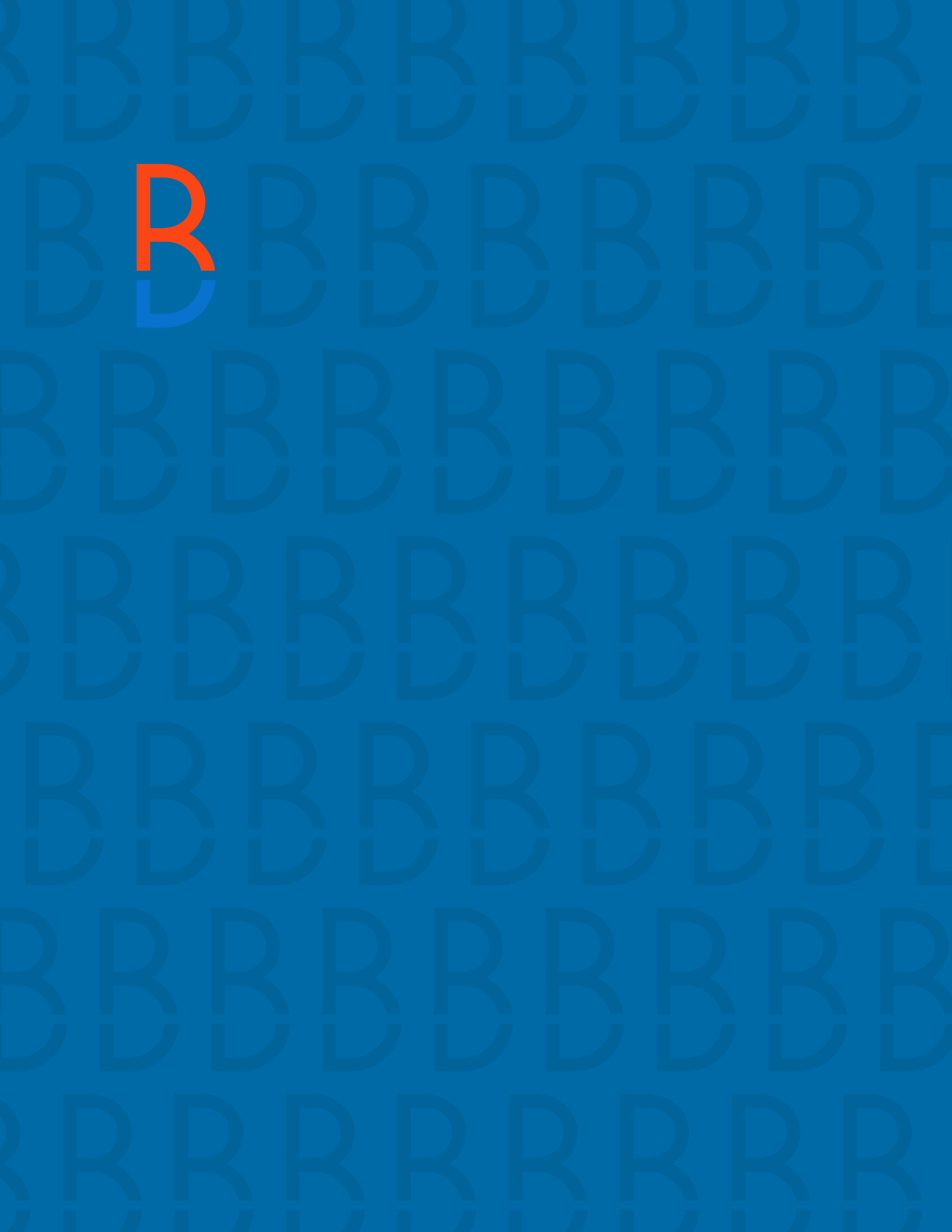The Canada Emergency Business Account (CEBA) program is intended to support businesses incurring non-deferrable expenses by providing partially forgivable interest-free loans. Originally, applicants could receive a loan of up to $40,000, with 25% of it being forgivable if the other 75% was repaid by December 31, 2022. On December 4, 2020, CEBA loans for eligible businesses increased to $60,000.
Those who previously received a CEBA loan of up to $40,000, may now apply for the $20,000 expansion. New applicants can apply for the full $60,000 CEBA loan provided they meet the previous eligibility criteria under one of the two possible application streams: they must have had at least $20,000 in payroll in 2019, or at least $40,000 in eligible non-deferrable expenses in 2020. Applications must be submitted by March 31, 2021, and a new loan agreement and attestation must be signed.
Prior to applying for the additional amount, there are four major issues that must be considered:
- an assertion that the business has been negatively affected is required;
- the new loan agreement may change the required use of funds;
- there are changes to the way the debt forgiveness is calculated; and
- the forgivable portion of the loan is taxable when received.
Negatively affected by COVID-19
Business owners must attest that COVID-19 has negatively impacted the business and that it:
- is facing ongoing financial hardship (including, for example, a continued decline in revenue or cash reserves, or an increase in operating costs);
- intends to continue to operate; and
- has made all reasonable efforts to reduce its costs and to otherwise adapt.
Use of the funds
An amended agreement which certifies that all expenditures under the program are “eligible non-deferrable expenses” is required to be signed. Some earlier agreements may not have had such a restriction; this provision could effectively change the original agreement. Therefore, signing the amended agreement may put certain applicants offside if they had not spent the funds on those eligible non-deferrable expenditures initially. When the program was originally launched, only the payroll stream was available, and the term “eligible non-deferrable expenses” was not specifically used to define what amounts could be spent on.
Debt forgiveness
If the outstanding principal, other than the amount of potential debt forgiveness, is repaid by December 31, 2022, the remaining principal amount will be forgiven, provided that no default under the loan agreement has occurred. If the full non-forgivable portion is not repaid by December 31, 2022, no portion of the debt will be forgiven.
Both the original and additional loans are combined. If the total is up to $40,000, 25% is forgiven if the applicant pays back the other 75% by December 31, 2022. If the total is above $40,000, repaying $30,000, plus 50% of the portion exceeding $40,000 by December 31, 2022, will result in the remainder being forgiven. If the applicant already repaid the original $40,000 loan, claimed forgiveness and then borrowed the additional $20,000, the remainder will be forgiven if they repaid 50% of the loan.
Timing of Taxation
In two recent Technical Interpretations, CRA reiterated its position that the forgivable portion of the loan is taxable in the year in which the borrowed amount is received, regardless of whether all conditions have been met to allow forgiveness. This applies to both the original version of CEBA and the additional $20,000.
In some cases, an election may be made to defer the income inclusion from the year of receipt, to the following year. This income will be offset by the related expenditure.
ACTION ITEM: Before applying for the additional CEBA loan, ensure that you have, and will be able to, comply with the new loan agreement and attestation.




